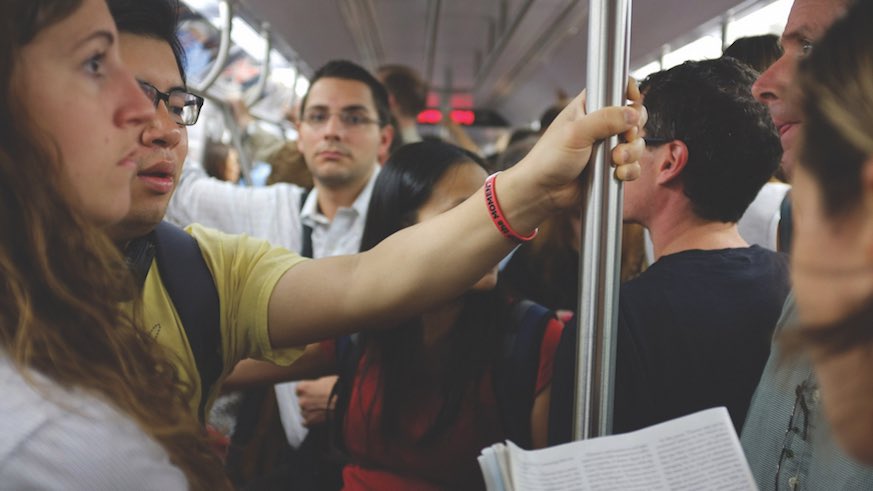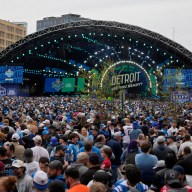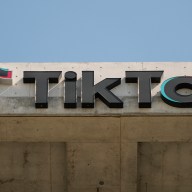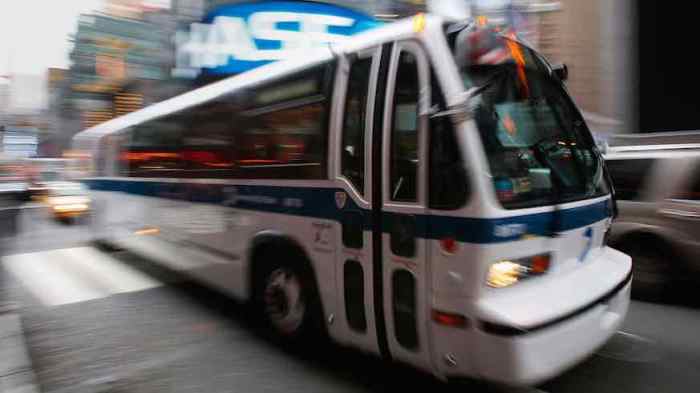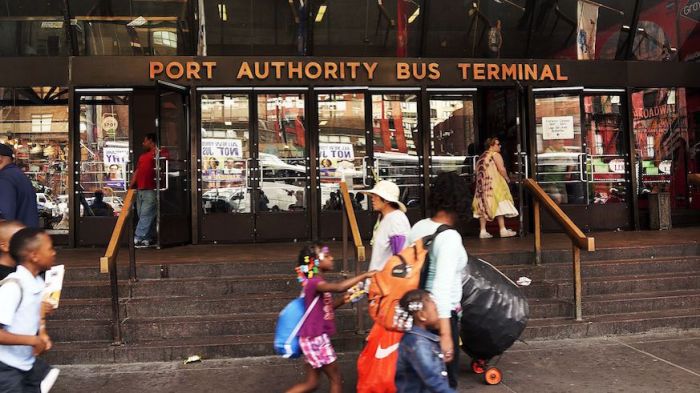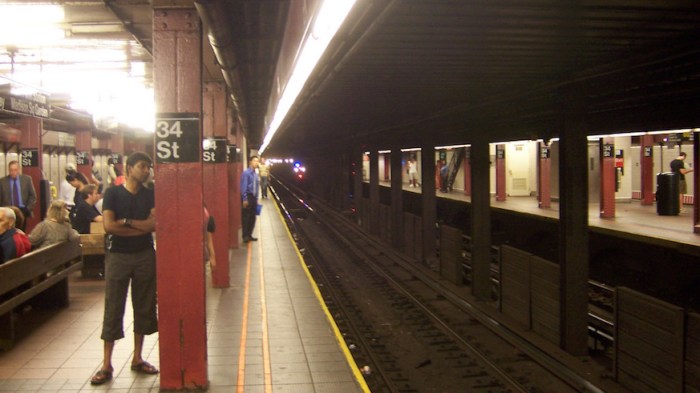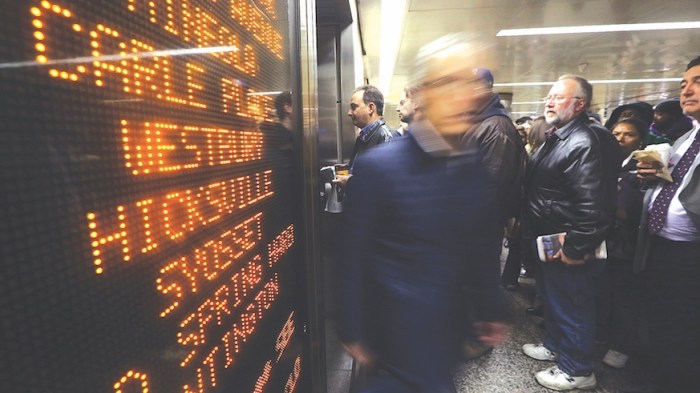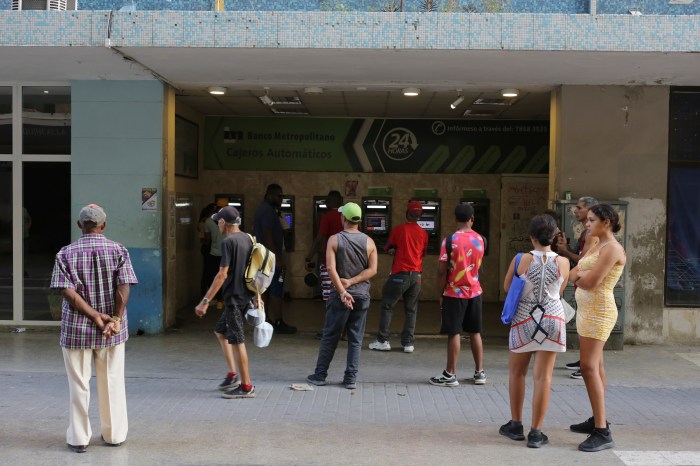Here is why The Regional Plan Association release of their fourth annual master plan which included calling for construction of the Utica Avenue subway will never leave the station. At the request of Mayor Bill de Blasio, the MTA allocated $5 million in funding under the $32 billion Metropolitan Transportation Authority 2015 – 2019 Five Year Capital Program to initiate a $5 million feasibility study for this proposal to build a Utica Avenue subway extension. The Utica Avenue subway was originally proposed by NYC Mayor Hyland in 1922! The concept would construct extensions for both the #3 & #4 original IRT subway lines in East Flatbush Brooklyn. It would be built along Utica Avenue from Eastern Parkway to Avenue U. Costs for both the first phase of Second Avenue & #7 subway line extension averaged $2 billion plus per mile. One can only imagine how many billions would be required to do the same along Utica Avenue.
Two years later, the MTA had yet to issue a Request for Proposals to hire any engineering consulting firm to perform this study. This contradicts the RPA report which states that “an assessment should be forthcoming.” It is a clear sign that the MTA is really not interested in pursuing this project. This proposal may represent a waste of taxpayers’ dollars for yet another transportation feasibility study.
In 2016 we had a proposed amendment to the NYC charter by the NYC Council requiring both the NYC Department of Transportation and MTA to study potential light rail systems and other transportation improvements along with adding passenger service on existing active and inactive freight rail lines in all five boroughs. Both issues have been previously studied on numerous occasions by various planning and transportation agencies going back decades.
We already have many other ongoing transportation studies. This list includes but not limited to NYC DOT Citywide Master Transit Plan, restoration of service on the old Rockaway Beach LIRR branch, introduction of Light Rail on the lower Montauk LIRR branch between Long Island City and Jamaica, Access to Opportunity: Transportation and Housing Study in the Eastern Rockaways, Flushing Intermodal Terminal Improvements, Staten Island North Shore & West Shore Bus Rapid Transit studies just to name a few.
The MTA already has both Five Year 2015 – 2019 and Twenty Year Long Range Capital Plans 2014 – 2034 which are periodically updated. Both documents clearly outline what capital funding is needed to maintain both a State of Good Repair for existing equipment, facilities and services along with safety, security and any future system expansion projects and programs. Specific costs and individual MTA operating agencies are also identified for both projects and programs. I doubt the Utica Avenue subway is included.
The New York State Department of Transportation maintains the Statewide Transportation Improvement Program. Each Metropolitan Planning Organization for every urbanized area which is affiliated with NYSDOT maintains a local Transportation Improvement Program. The New York Metropolitan Transportation Council which also includes the NYC Transportation Coordinating Council maintains a complete listing of proposed transportation projects updated on a yearly basis. Both NYCDOT and MTA participate in this process. Both the STIP and TIP documents contain a complete inventory of potential transportation improvement projects, respective sponsoring agency and estimated cost. Both the MPO and NYSDOT maintain five-year short range and twenty-year long range lists of potential capital transportation improvement projects by recipient and operating agency. Is the Utica Avenue subway included? I doubt it.
Every year, millions of dollars are spent for planning studies to research the potential for new transportation capital investments and system expansion. This includes Governor Andrew Cuomo’s own NYS Department of Transportation and NYS Economic Development Corporation, state sponsored Metropolitan Planning Organizations in every major urbanized area including the New York Metropolitan Transportation Council which serves NYC; the Port Authority of New York and New Jersey, the MTA along with each operating agency including NYC Transit, Long Island Rail Road, Metro North Rail Road and MTA Bus; Mayor Bill de Blasio’s own NYC DOT, NYC Department of City Planning and NYC Economic Development Corporation, the Regional Planning Association and other private entities. All of them periodically conducts transportation planning feasibility studies.
Collectively, every decade a complete inventory of all these agencies would reveal dozens and dozens of transportation studies worth close to $100 million in costs have been completed. Funding for these studies comes from a variety of sources including city, state and federal.
Has anyone ever taken a complete inventory of all these studies? Have they checked out the recommendations, estimated project costs, time line for implementation and identification of potential funding sources for going forward? Who checks to see that one study is not just a duplication of a previous study for the same issue?
Too many transportation studies championed by numerous elected officials are nothing more than placebos designed to placate demagogues, who are not regular users of the numerous public transportation alternatives that have been available for decades.
The real problem is finding money to make things happen. All too often funding for many studies would have been better spent on real capital and operating service improvements instead of just lining the pockets of consultants. How many studies end up on the shelf of planners just collecting dust? How many times do we end up with a series of press conferences and news releases designed to provide free publicity for elected officials to assist them in greasing the wheels of future elections. These same elected officials promise a bright future but leave riders holding an empty bag
Ninety-five years have passed since the Utica Avenue subway was first proposed. Don’t count riding any Utica Avenue subway in your lifetime.
Larry Penner is a transportation historian and advocate who previously worked 31 years for the US Department of Transportation Federal Transit Administration Region 2 NY Office.

